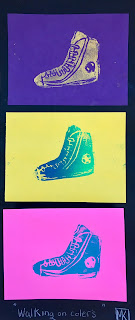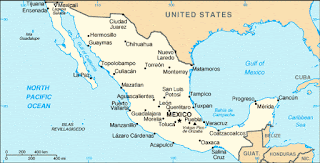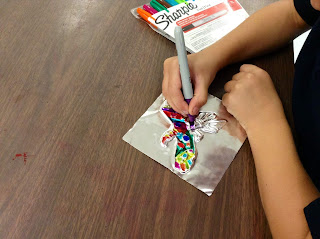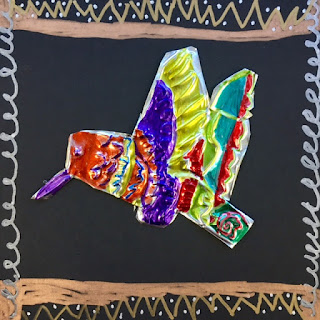Enjoy the holiday season and see you in 2017!
 |
| Natalie, 5th Grade (Bellis) |



| Arthur, 1st Grade (Torchio) |
 |
| Ava, 1st Grade (Landay) |
 |
| Dahlia, 1st Grade (Torchio) |
 |
| Isabella, 1st Grade (Landay) |
 |
| Liam, 1st Grade (Salvucci) |
 |
| Maria, 1st Grade (Torchio) |
 |
| Mary Kate, 1st Grade (Salvucci) |
 |
| Naomi, 1st Grade (Landay) |
 | ||||
Olivia, 1st Grade (Salvucci)
|
 |
| Cammy, 4th Grade (Cikacz) |
 |
| Caroline A., 4th Grade (Graves) |
 |
| Daniel, 4th Grade (Doherty) |
 |
| Dimitri, 4th Grade (Dubuque) |
 |
| Emma, 4th Grade (Cikacz) |
 |
| Marwa, 4th Grade (Doherty) |
 |
| Miah, 4th Grade (Graves) |
 |
| Niko, 4th Grade (Cikacz) |
 |
| Nola, 4th Grade (Mattson) |
 |
| Nolan, 4th Grade (Dubuque) |
 |
| Patrick, 4th Grade (Doherty) |
 |
| Pirada, 4th Grade (Dubuque) |
 |
| Rose, 4th Grade (Mattson) |








 |
| Wyatt, 2nd Grade (McCarthy) |
 |
| Ellian, 2nd Grade (Hinds) |
 |
| Zaol, 2nd Grade (Hinds) |
 |
| Perin, 2nd Grade (O'Connor) |
 | |
| Nico, 2nd Grade (O'Connor) |
 |
| Lily, 2nd Grade (Hinds) |
 |
| Katie, 2nd Grade (McCarthy) |